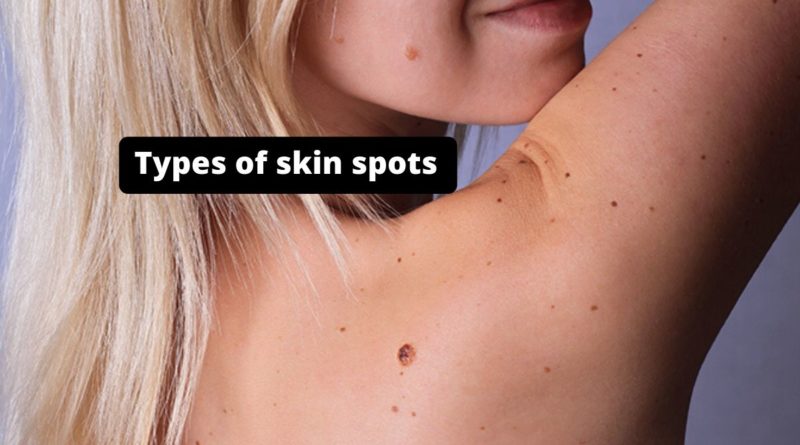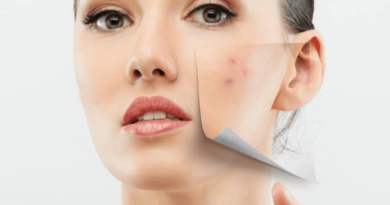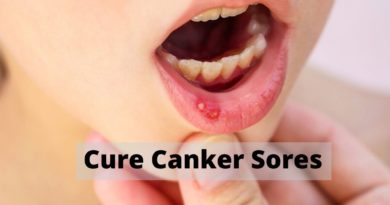Types of skin spots and their causes
Most are benign and do not go beyond being an aesthetic problem, but in health, it is advisable to be cautious and watch for any changes or blemishes on the skin.
The spots on the skin can be defined as a loss of coloration, generally caused by sun exposure, as an effect of aging. The spots on the skin can also be a symptom of some nutritional deficiency (minerals such as iron or calcium; or vitamins A, B, and E) or as a side effect of some cosmetics or medicines (the contraceptive pill, for example). Although in most cases the spots on the skin are no more than an aesthetic problem -with proper treatment you can mitigate their appearance-, in terms of health, prevention is worth two. For this reason, before any change or alteration in the skin, it is advisable to consult the doctor to resolve all doubts. The spots can be classified, by their tonality and in general, in white and dark, which in medical terms is called hyperpigmentation and depigmentation.
Types of skin spots
- Freckles: Freckles or ephelides are a benign lesion resulting from the accumulation of pigment. Easily recognizable because they are small and brown in color, being more common in light-skinned people (especially redheads). Sun exposure makes them more visible, which is why they are also more common in the most exposed areas of the body, such as the face, neck or arms.
- Lentigines: They are also small brown spots (light or dark) and can appear almost anywhere on the body. Although they are very similar to freckles, they do not change hue with exposure to the sun. Of course, not all lentigines are the same (simple, solar, and evil).
- Moles: Also called nevi and can be defined as a greater accumulation of melanocytes, the cells responsible for the production of skin pigment. Although they are generally circular, they can be of different shapes, textures, and even color (from brown to black). Moles should be monitored since in some cases they can lead to malignant melanoma (skin cancer). To control any changes, follow the ABCD rule (skewness, edges, color, and diameter).
- Melanoma: Melanoma is the best-known skin tumor. It occurs when melanocytes become malignant (1). Changes in a mole are usually the most frequent sign, but there are other skin disorders that should not be underestimated, such as a sore that does not heal, redness or inflammation beyond the edge of a mole, itching, tenderness, or pain or changes in the surface of a mole (peeling, oozing, bleeding).
- Vitiligo: White spots -also called leukodemia- that tend to appear on the face (eyes, mouth, and nose) and on the legs. It is an autoimmune disorder caused by the disappearance of melanocytes from the skin, leading to a loss of melanin.
- Melasma: A type of stains (hyperpigmentation) that affects mainly women, and specifically during pregnancy, which is why they are also called the pregnancy mask. They can also appear during menopause or as a side effect of taking contraceptives. They generally appear on the face (forehead, nose, upper lip, and cheeks).
[Also Read: What Are The Common Causes of Skin Allergies?]




